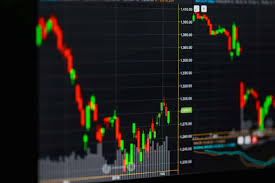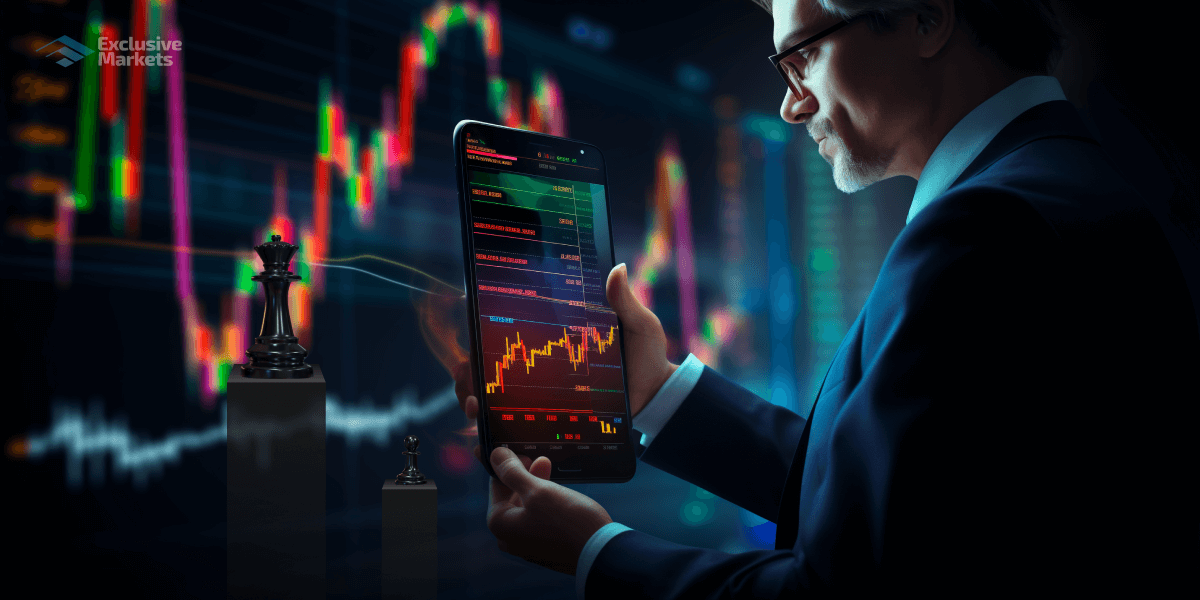The Future of Currency Exchange Automated Trading in Forex

The Future of Currency Exchange: Automated Trading in Forex
In the fast-paced world of currency trading, automated trading forex Online Trading CM plays a crucial role in enabling traders to capitalize on market movements efficiently. Automated trading in forex has emerged as a transformative force, revolutionizing how traders approach the market. Automation brings speed, efficiency, and the ability to execute complex strategies, which can be particularly beneficial in the volatile forex landscape.
Understanding Automated Trading
Automated trading refers to the use of computer programs and algorithms to execute trading strategies without human intervention. These systems are designed to analyze market conditions, identify trading opportunities, and execute trades based on predefined criteria. The primary goal of automated trading is to enhance trading efficiency, minimize human errors, and remove emotional biases from the decision-making process.
Advantages of Automated Trading in Forex
There are several compelling advantages to employing automated trading systems in forex:
- Speed: Automated systems can process vast amounts of data and execute trades within milliseconds. This speed is particularly valuable in a market where prices can change rapidly.
- Consistency: Automated trading removes emotional decision-making from trading. Algorithms follow a consistent set of rules, which can lead to more disciplined trading behaviors.
- Backtesting: Traders can evaluate the performance of their strategies using historical data, allowing them to fine-tune and optimize their trading systems before deploying them in live markets.
- Diversification: Automated systems can monitor multiple currency pairs and execute trades across various markets simultaneously, spreading risk and increasing potential for profit.

Common Strategies in Automated Forex Trading
Automated trading systems in forex can deploy various strategies, including:
- Trend Following: This strategy involves identifying and riding trends in the market. Automated systems can trigger buy or sell orders based on technical indicators signaling a trend.
- Arbitrage: Arbitrage strategies exploit price discrepancies between different markets or brokers. Automated systems can quickly identify and take advantage of these opportunities, capitalizing on the inefficiencies of the market.
- Mean Reversion: This involves trading on the assumption that prices will revert to their mean over time. Automated systems can detect when prices are too far from their historical average and execute trades to profit from the expected correction.
- Breakout Trading: Breakout strategies focus on capturing price movements following a break of significant support or resistance levels. Automated systems can monitor these levels and execute trades when the conditions are met.
Choosing the Right Automated Trading System
When selecting an automated trading system, traders should consider several factors:
- Reputation: Look for systems with a proven track record and positive reviews from other traders.
- Customization: The ability to customize trading parameters allows traders to tailor systems to their individual risk tolerance and trading goals.
- Support and Resources: A good automated trading provider should offer ample support and educational resources to help traders understand how to use their systems effectively.
- Cost: Evaluate the cost structure of the trading system, including any monthly fees, commission on trading profits, or hidden charges.
Risks Associated with Automated Trading

While automated trading offers numerous benefits, it is not without its risks:
- Technical Failures: Automated systems depend on technology, which can fail due to software bugs, internet outages, or hardware malfunctions, potentially leading to significant losses.
- Market Volatility: Sudden market changes can trigger unexpected trades or cause slippage, where trades are executed at prices different from what was intended.
- Over-Optimization: Some traders may fall into the trap of curve fitting, where strategies are overly optimized for historical data, but fail to perform in live conditions.
- Dependency on Algorithms: Relying solely on automated systems can lead to complacency and a lack of understanding of market dynamics, which can be detrimental in changing market conditions.
Best Practices for Automated Forex Trading
To maximize success with automated trading in forex, traders can adhere to several best practices:
- Start Small: Begin with a demo account or small capital to test the effectiveness of your automated strategies without risking significant amounts of money.
- Regular Monitoring: Even with an automated system, it’s important to monitor performance regularly and adjust strategies as necessary based on market conditions.
- Diversity of Strategies: Using multiple automated strategies can help mitigate risk and maximize potential profits by leveraging various market scenarios.
- Continuous Learning: Stay informed about market developments and advancements in automated trading technology to adapt your strategies and tools accordingly.
Conclusion
Automated trading in forex is not just a trend; it represents the future of trading in the currency markets. With its speed, efficiency, and emotion-free execution, automated systems provide traders with the tools they need to navigate the complexities of forex trading. By understanding the benefits, risks, and best practices associated with automated trading, traders can leverage technology to enhance their trading experience and increase their chances of success.




